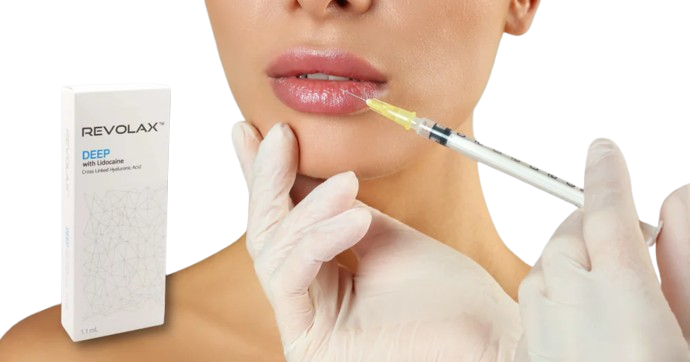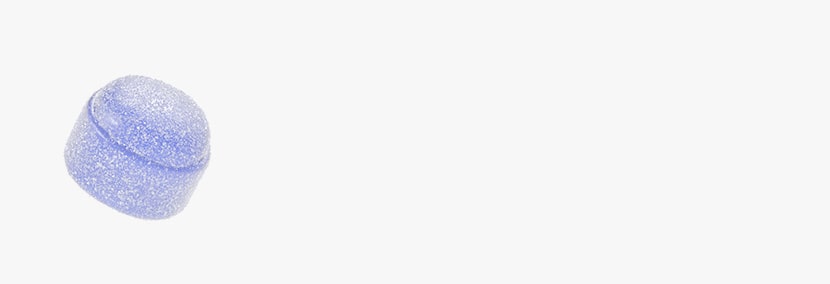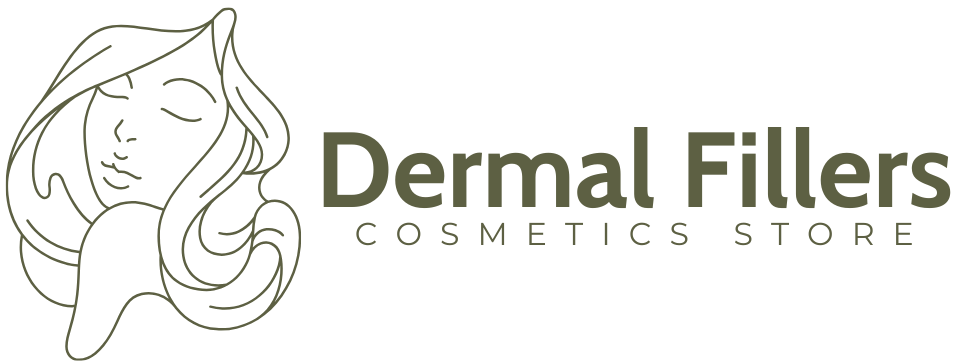Dysport
Dysport While Breastfeeding – It’s Best to Wait
Sep 21, 2025
For many new mothers, the postpartum period is a time of healing, bonding, and adjusting to a whole new rhythm of life. Breastfeeding plays a central role during this time, offering essential nutrients and immune protection to infants. The American Academy of Pediatrics recommends exclusive breastfeeding for about the first six months, with continued nursing alongside complementary foods for at least a year — or as long as it’s right for both mom and baby.
As mothers consider ways to feel more like themselves again, some may explore cosmetic treatments like Dysport, a popular injectable used to smooth fine lines. While generally safe for use in the broader population, Dysport’s safety during breastfeeding hasn’t been fully established. Research on whether the medication enters breast milk is limited, and experts tend to err on the side of caution.
In this article, we’ll take a closer look at the potential risks of Dysport while breastfeeding, share what current medical guidance says, and offer ideas for safer cosmetic options during this special — and sometimes delicate — stage of motherhood.
Key Takeaways
- Researchers have not officially contraindicated Dysport during breastfeeding, but they provide limited safety data and have not fully studied its transfer into breast milk.
- Systemic absorption after localized cosmetic injections is minimal, and small studies suggest the risk of toxin appearing in breast milk is extremely low.
- Studies have not reported adverse effects in breastfed infants, even when mothers developed botulism, but theoretical risks remain because researchers lack large-scale human data.
- Many clinicians advise delaying elective Dysport treatments—like those for cosmetic concerns—until after breastfeeding, especially for newborns or preterm infants.
- Patients may consider alternatives such as non-toxin skin treatments, but they must discuss them with a qualified provider, since these options may also lack lactation-specific safety data.
- Expert sources describe the overall risk as low, but providers and patients should individualize decisions based on maternal preference, infant health, and treatment necessity.
- Healthcare providers familiar with postpartum and aesthetic care encourage mothers to consult them in order to make informed, personalized decisions.
About: Trusted by over 2,000+ global clients since 2014, Maylips has become a leading supplier of cosmetic, skincare, and orthopedic products for medical and aesthetic professionals. Maylips offers a wide range of authentic brand-name products at competitive wholesale prices, sourced from around the world. If you’re looking to buy Dysport online, contact our sales team for guidance.
Safety Data and Regulatory Stance on Dysport During Breastfeeding
Dysport is a neurotoxin injectable derived from botulinum toxin type A, often used for cosmetic treatments including Dysport for crow’s feet (the fine lines at the outer eye corners). While it works well in many patients, its safety in breastfeeding remains not firmly established.


The product’s FDA labeling and expert resources, such as InfantRisk, emphasize that there is very limited lactation data. The label does warn about systemic risks if the toxin spreads beyond the injection site, but it does not establish a clear prohibition during breastfeeding. Studies so far suggest that after localized facial injections, systemic absorption is minimal and transfer into breast milk appears very unlikely.
Because of the evidence gap, many healthcare providers recommend a cautious approach: delaying elective Dysport treatments until breastfeeding has ended. This cautious stance aims to protect infant health while acknowledging that definitive studies are still needed.
Potential Risks of Dysport Toxin Exposure in Nursing Mothers
When considering any injectable toxin during lactation, it helps to understand what could happen vs. what has been observed. In this case, risks are mostly theoretical rather than proven, based on what is known about how botulinum toxins work, infant physiology, and the very small chance of exposure.
Possible, but unproven, concerns include:
- Minor effects on infant muscle strength or coordination if enough toxin reached the baby via breast milk.
- Temporary issues with oral‑motor function that might affect feeding if facial or oral muscles were involved.
- Respiratory effects in very rare scenarios, given infant sensitivity.
- Subtle neurological effects, although there is no documented long‑term developmental harm in breastfed infants exposed to cosmetic doses.
Importantly, no adverse effects have been clearly reported in healthy, full‑term infants whose mothers had cosmetic botulinum toxin injections. Animal data and isolated case reports do not provide enough evidence to confirm risk, but they do underline the need for more research.
Evidence Gaps and Lack of Clinical Studies on Dysport Safety
One of the biggest constraints in making firm recommendations is the lack of robust human studies on Dysport use during breastfeeding.


- There are no large randomized trials or long‑term studies that assess how much (if any) Dysport enters breast milk after standard cosmetic doses in humans.
- Small milk‑sampling studies with related botulinum toxin A products often find either undetectable levels of toxin or very minute traces. These are far below therapeutic levels and far below any known threshold of infant risk.
- Cases of maternal botulism (rare) show no detectable toxin in milk in reports where infants remained well.
- Because of ethical and practical challenges, existing data come mostly from case reports, observational sources, and animal studies—not from studies designed expressly for lactation safety.
Given the uncertainty, most expert reviews suggest considering treatment timing, infant age (prematurity matters), and whether the procedure is elective.
Professional Guidance for Delaying Dysport Until Post-Breastfeeding
When discussing whether to use Dysport while breastfeeding, several professional recommendations and patient‑friendly considerations come into play:
Professional Recommendations
- Defer elective Dysport injections until after breastfeeding has ended, particularly for very young or preterm infants.
- Recognize that expert sources regard risk as extremely low in healthy, full‑term infants after standard localized treatments — but that there is still limited data.
- Explore non‑toxin cosmetic options (skincare, certain peels, or other noninvasive treatments) with a trusted provider. Each alternative also has its own evidence gaps.
- Ensure the provider is experienced in postpartum care and understands both maternal goals and infant safety.
By working with healthcare professionals, mothers can make informed choices that balance aesthetic expectations with safety.
Conclusion
The decision to use Dysport while breastfeeding should weigh evidence, maternal goals, and infant welfare. Current regulatory labeling notes limited data rather than a confirmed prohibition; expert resources suggest systemic exposure and milk transfer are unlikely under standard cosmetic use.
Until stronger clinical evidence emerges, the safest path for elective cosmetic use is to wait until breastfeeding is complete. There are non‑toxin options worth discussing, and caregivers should always consult qualified providers to understand risks and benefits.
FAQs
1. Is there proof that Dysport enters breast milk?
No. For abobotulinumtoxinA specifically, there have been no published studies showing significant transfer into human milk after localized cosmetic injections.
2. Are there reports of harm to breastfed infants?
None reported in healthy, full‑term infants. Existing reports have not documented adverse effects.
3. Are cosmetic treatments without toxins always safer?
Not necessarily. Many alternate treatments also lack rigorous data during lactation. They may offer less systemic risk but patients should still discuss with their doctor.
4. Why is there little research in this area?
Ethical concerns may make it difficult to conduct trials with nursing infants. Much of what we know now comes from observational data and small studies.
Talk with our sales representative.
Book a Meeting
References
American Academy of Pediatrics. Newborn and infant breastfeeding. https://www.aap.org/en/patient-care/newborn-and-infant-nutrition/newborn-and-infant-breastfeeding/
Hudson C, Wilson P, Lieberman D, Mittelman H, Parikh S. Analysis of Breast Milk Samples in Lactating Women After Undergoing Botulinum Toxin Injections for Facial Rejuvenation: A Pilot Study. Facial Plast Surg Aesthet Med. 2024;26(5):523-526. doi:10.1089/fpsam.2023.0326
Botox injections and breastfeeding. InfantRisk Center. https://www.infantrisk.com/content/botox-injections-and-breastfeeding
AbobotulinumtoxinA (Dysport) use while Breastfeeding. Drugs.com. https://www.drugs.com/breastfeeding/abobotulinumtoxina.html





